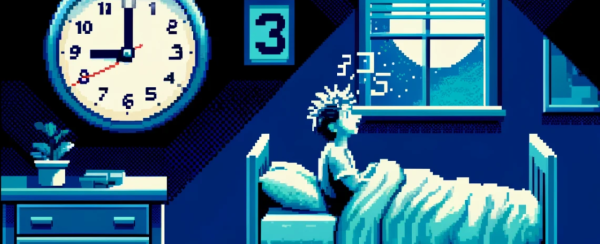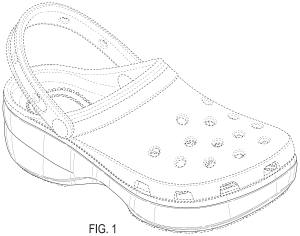By Chris Holman
Salix Pharms., Ltd. v. Norwich Pharms. Inc., 2024 WL 1561195 (Fed. Cir. Apr. 11, 2024)
Human clinical trials play an essential role in the discovery, development, and regulatory approval of innovative drugs, and federal law mandates the public disclosure of these trials. Pharmaceutical innovators are voicing concern that these disclosures are increasingly being used as prior art to invalidate patents arising out of, or otherwise relating to, these trials, in a manner that threatens to disincentivize investment in pharmaceutical innovation. A recent Federal Circuit decision, Salix Pharms., Ltd. v. Norwich Pharms. Inc., illustrates the concern. In Salix, a divided panel upheld a district court decision to invalidate pharmaceutical method of treatment claims for obviousness based on a clinical study protocol published on the ClinicalTrials.gov. website. The case garnered amicus curiae briefs filed by several innovative pharmaceutical companies in support of the patent owner, Salix Pharmaceuticals.






